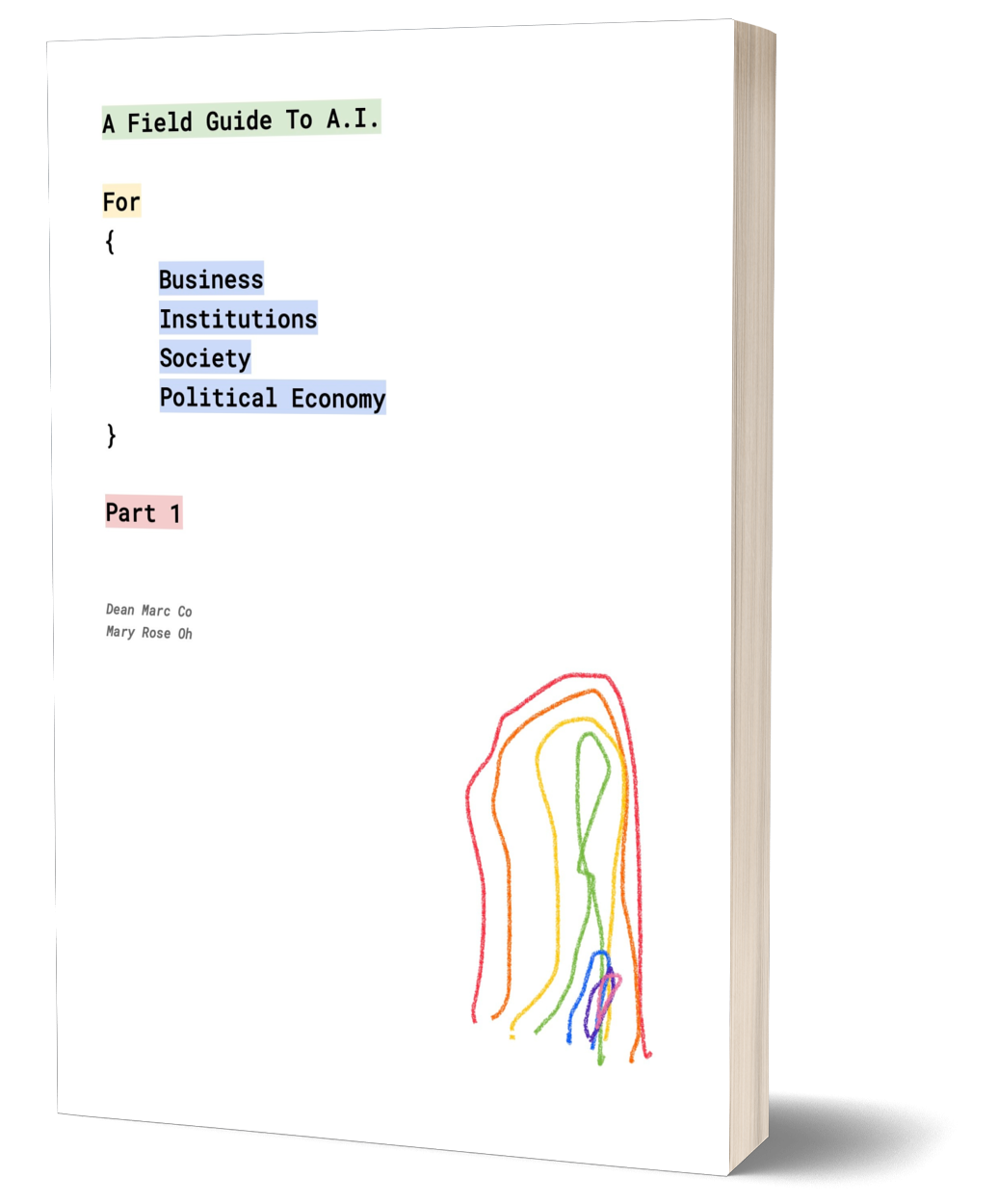Machine learning, reinforcement learning, and deep learning are interconnected subfields of artificial intelligence, each with its unique methodologies, applications, and challenges. Here is a more detailed discussion on each of them, along with examples and resources for further study.
Machine Learning (ML).
ML is a subset of AI that focuses on the development of algorithms that enable computers to learn from and make predictions or decisions based on data. Machine learning is the process of training a model to learn patterns or make predictions from data without explicit programming. It encompasses various techniques and algorithms, including supervised learning (classification, regression), unsupervised learning (clustering, dimensionality reduction), and semi-supervised learning.
Examples:
From our partners:
● Linear regression for predicting housing prices.
● Support vector machines for image classification.
● K-means clustering for customer segmentation.
Reinforcement Learning (RL).
Reinforcement learning is a type of machine learning where an agent learns to make decisions by interacting with an environment. The agent takes actions and receives feedback in the form of rewards or penalties, with the goal of maximising its cumulative reward over time. RL algorithms, such as Q-learning and policy gradients, have been applied to various tasks like robotics, game playing, and autonomous systems.
Examples:
● AlphaGo and AlphaZero for mastering the game of Go.
● AlphaStar by Deep Mind that mastered the StarCraft II game.
● Deep Q-Network (DQN) for learning to play Atari games.
● Robotics applications, such as robotic arm manipulation and autonomous navigation.
Deep Learning (DL).
Deep learning is a subset of machine learning that uses artificial neural networks, particularly deep neural networks (DNNs), to model complex patterns and representations in data. DNNs consist of multiple layers of interconnected nodes or neurons, enabling them to learn hierarchical features and perform tasks such as image recognition, natural language processing, and speech recognition.
Examples:
● Convolutional Neural Networks (CNNs) for object detection in images.
● Recurrent Neural Networks (RNNs) and Long Short-Term Memory (LSTM) networks for text generation.
● Transformer models like BERT and GPT for natural language understanding.
For enquiries, product placements, sponsorships, and collaborations, connect with us at [email protected]. We'd love to hear from you!
Our humans need coffee too! Your support is highly appreciated, thank you!

